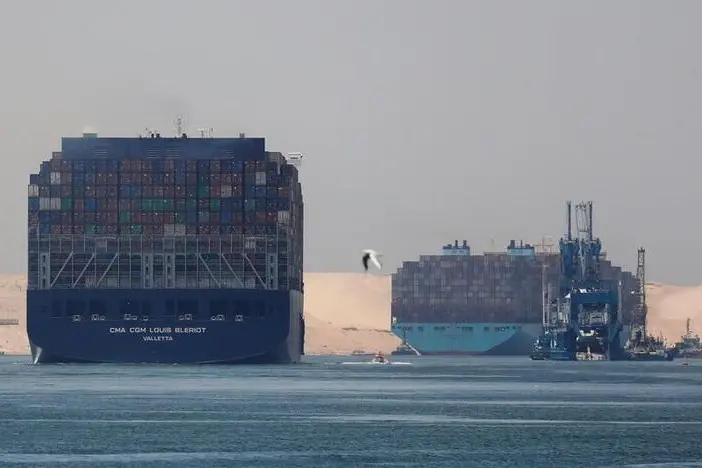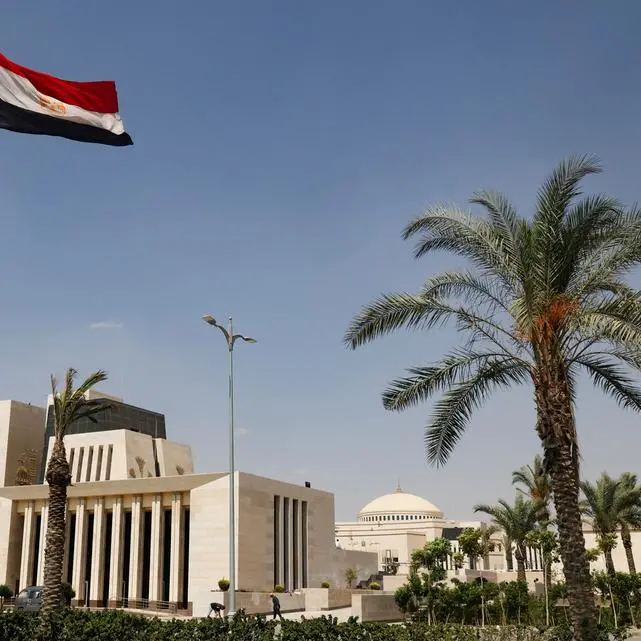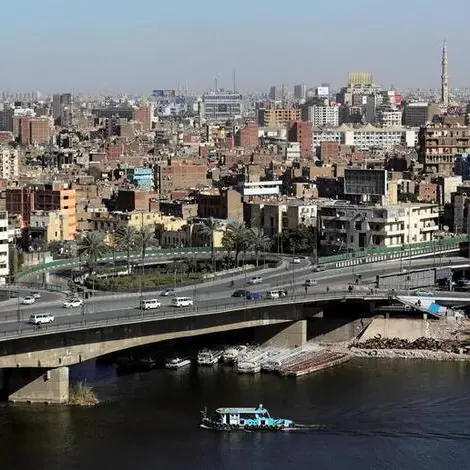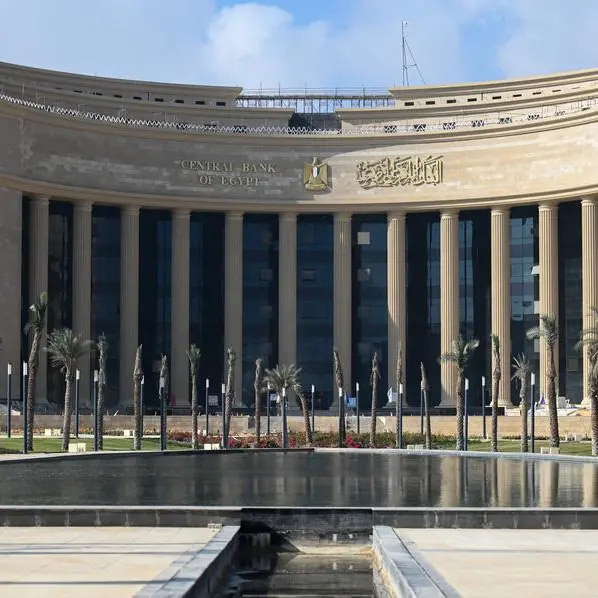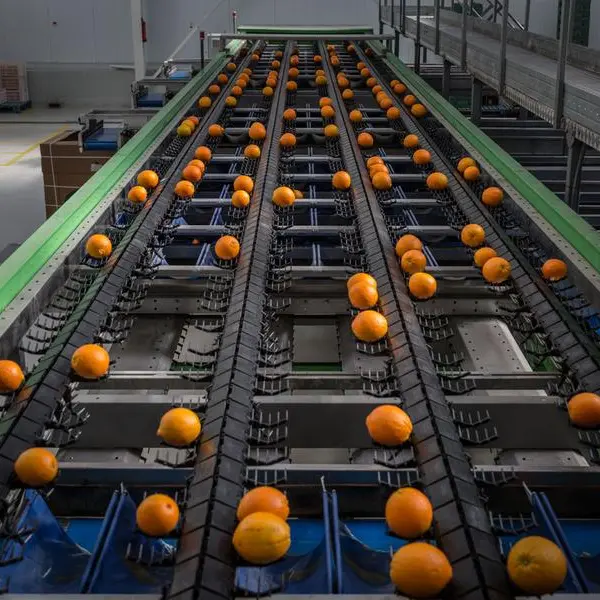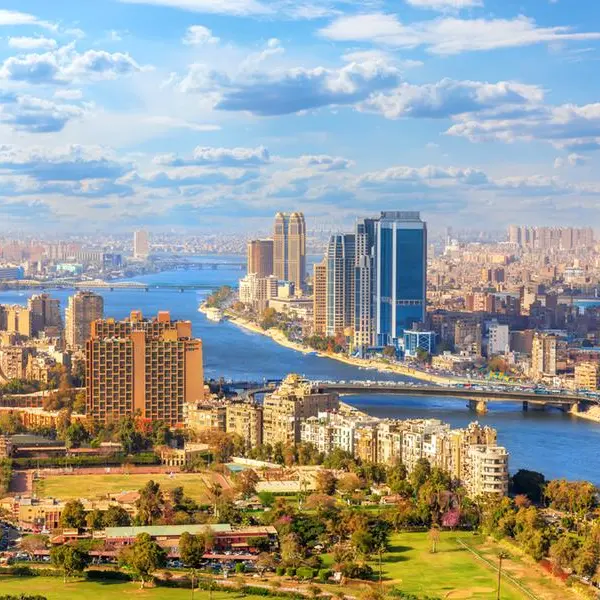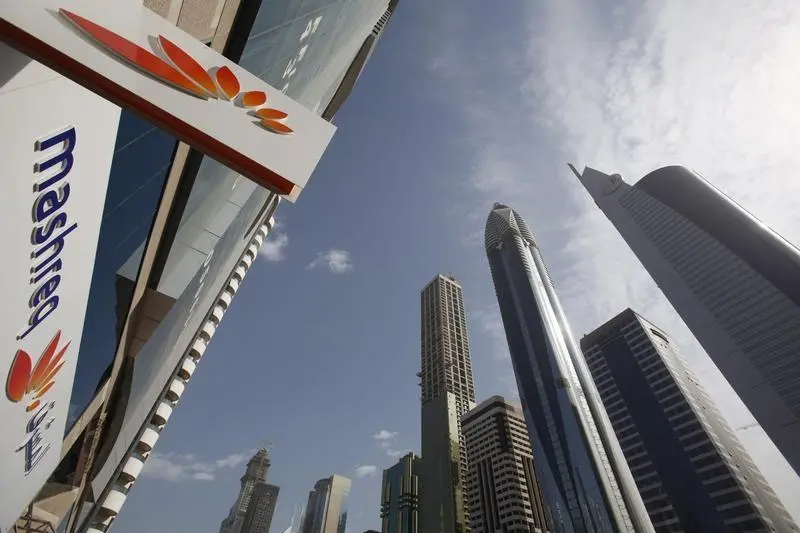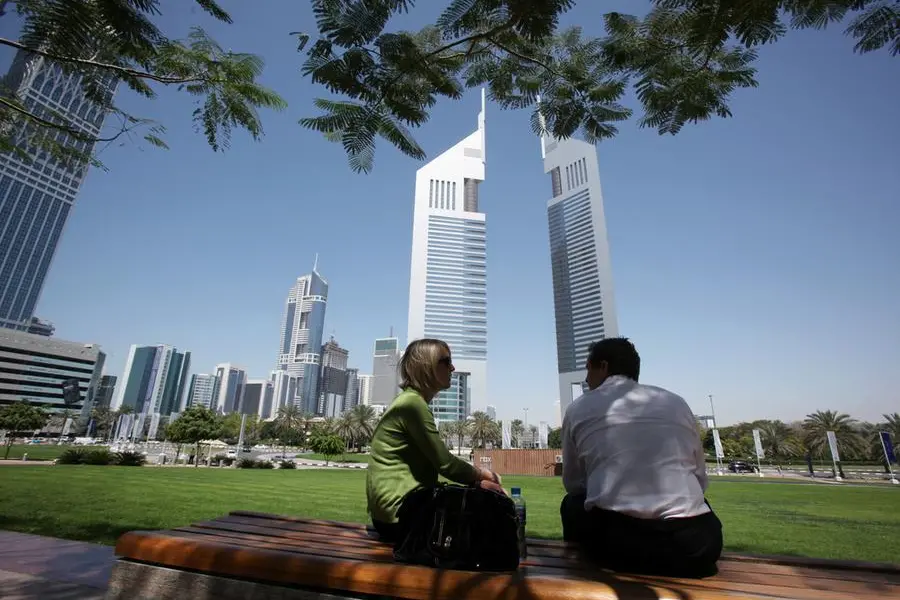PHOTO
In 1956, Egypt was able to nationalize one of its critical economic assets, the Suez Canal. Since its inauguration 150 years ago, the Suez Canal has become one of the world’s most important waterways. Since nationalization, the Suez Canal has witnessed the passage of 31 billion tons of merchandise, generating total revenues of $143 billion.
In this Factsheet, we will give you a brief overview of the Suez Canal’s economic importance for Egypt, especially as a source of foreign currency.
- The Suez Canal acquires around 12% of global trade flows. About 5%, 10%, and 8% of the world’s flows of crude oil, oil products, and liquified natural gas (LNG) pass through the canal. Moreover, the Suez Canal is also an important choke point in the global food trade, including cereal and fertilizer imports.
- In 2015, Egypt inaugurated a parallel waterway to the Suez Canal. The new waterway was able to boost the Suez Canal’s average daily revenues from $15 million in 2014 to $21.7 million in 2022. In addition, the canal’s average number of passing vessels increased from 47 in 2014 to 68 in 2022. Moreover, the average net tonnage passing through the Suez Canal increased from 2.6 million tons to 3.9 million tons per day.
- During the first half (H1) of the previous fiscal year (FY), the Suez Canal’s gross domestic product (GDP) hit EGP 89.8 billion. This figure represents a year-on-year (YoY) growth rate of 75%. From July to December 2022/23, the Suez Canal contributed 2% to Egypt’s GDP.
- All of the investments implemented in the Suez Canal are public. The implemented investments in the Suez Canal increased by 25% YoY to hit EGP 12 billion in H1 2022/23, compared to EGP 9.7 billion in H1 2021/22. During the mentioned period, the Suez Canal acquired 4% of Egypt’s implemented investments.
- The Suez Canal is an important source of foreign currency for the Egyptian economy. In FY 2022/23, the canal’s revenues hit a historic record of $8.8 billion, representing 52% of Egypt’s transport receipts and 15% of the main foreign currency channel inflows to the country.
- The Russian-Ukrainian war supported the increase in the Canal’s revenues. As Europe shifted its oil and natural gas imports to the Arab Gulf countries instead of Russia. Hence, the net tonnage of oil and LNG tankers coming from the Middle East to Europe remarkably increased during the past FY. The net tonnage increased by 15.6% YoY in FY 2022/23 to reach 1,527 million tons.
- During the first nine months of FY 2022/23, 248 million tons of petroleum products passed through the canal, where the oil tankers’ net tonnage alone represented 25% of the canal’s net tonnage.
- The number of vessels passing through the Suez Canal increased by 17.6% YoY, reaching 26,000 vessels in FY 2022/23. The growth was mainly driven by a hike in the number of oil tankers passing through the canal. Oil tankers represent 30% of total vessels.
- The Suez Canal Authority (SCA) recently announced that it will increase transit fees starting in mid-January 2024. A 5% increase will be applied to dry bulk ships, general cargo ships, and roll-on/roll-off ships. Crude oil, petroleum products, and LNG tankers will pay an extra 15% fee. The decision exempted some vessels under certain conditions.
- The Suez Canal is not only a waterway; rather, it is an integrated logistics and investment hub. To maximize the economic value of the canal, Egypt inaugurated the Suez Canal Economic Zone (SCZone), which includes a number of ports and industrial zones. The industrial zones attracted foreign investors, especially in the green energy field, with 23 memoranda of understanding signed in 2022 for green energy projects.
By: Amina Hussein
